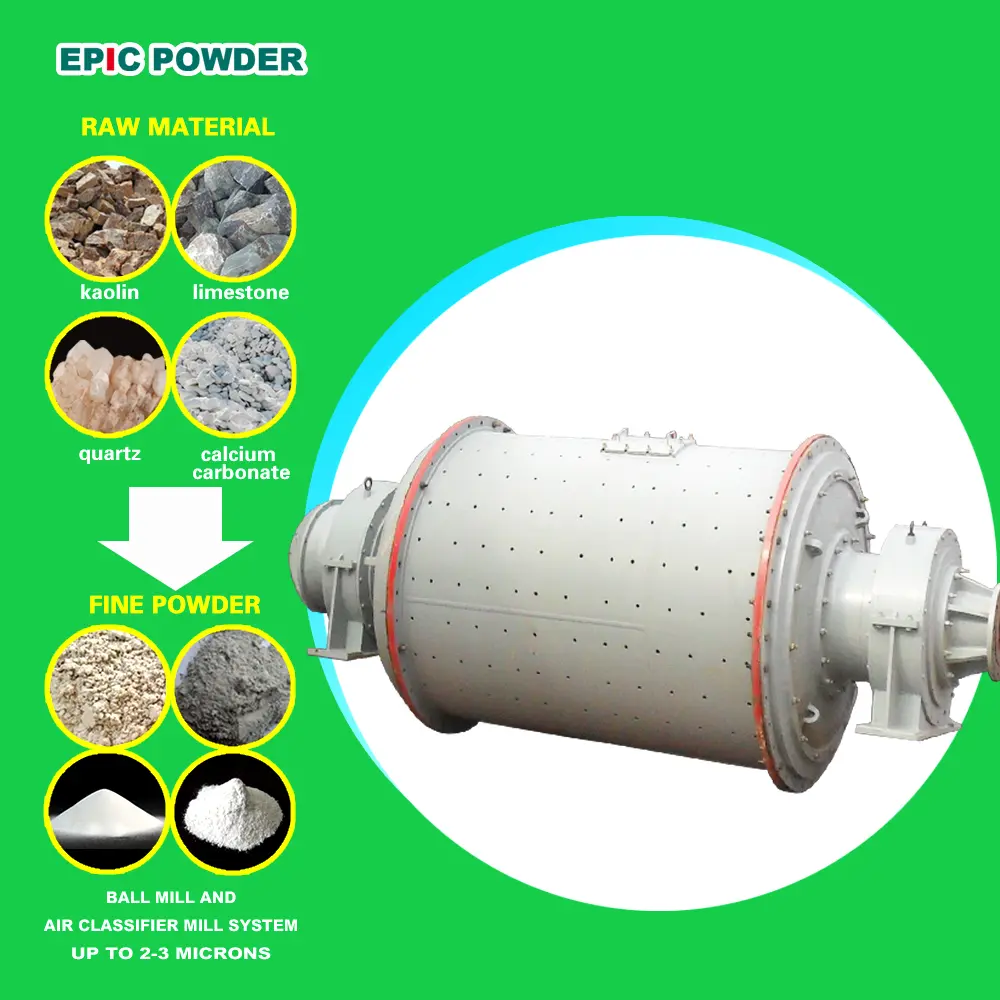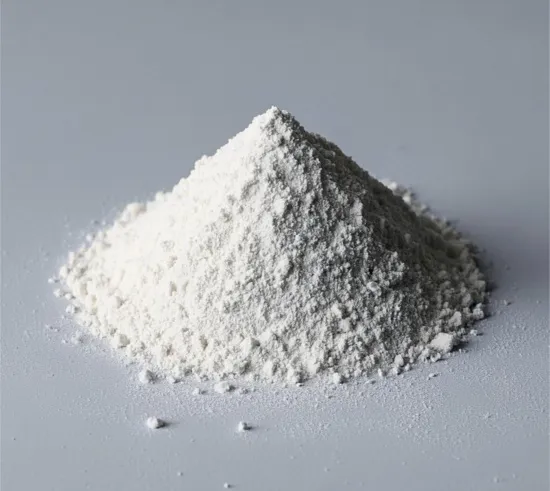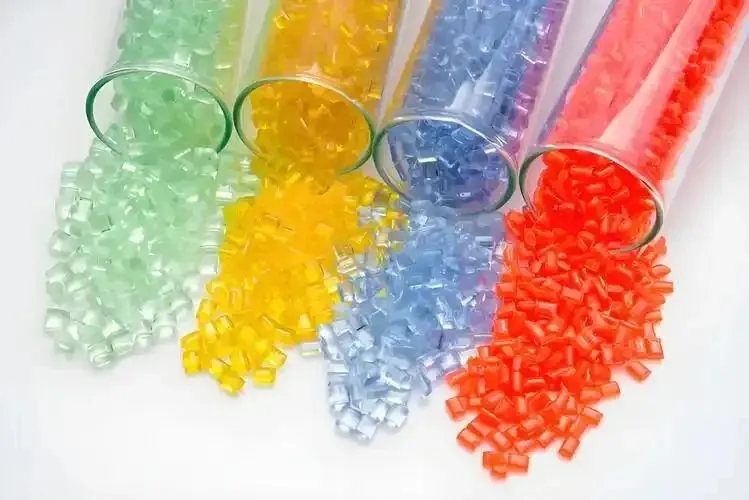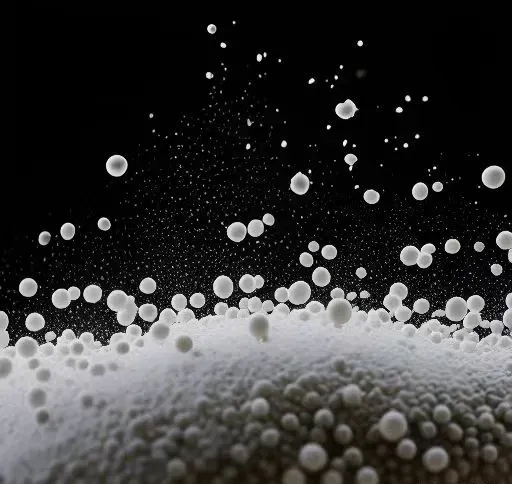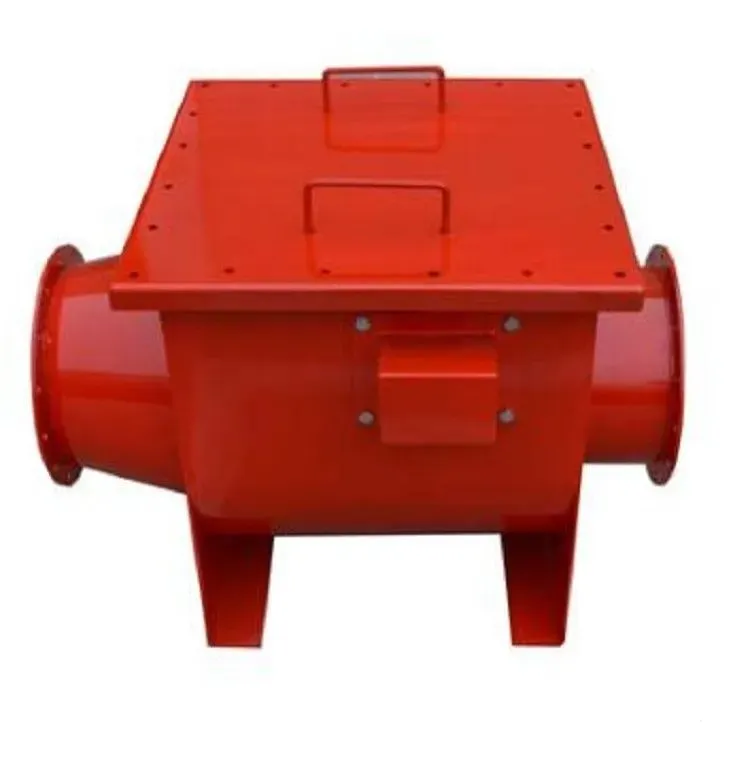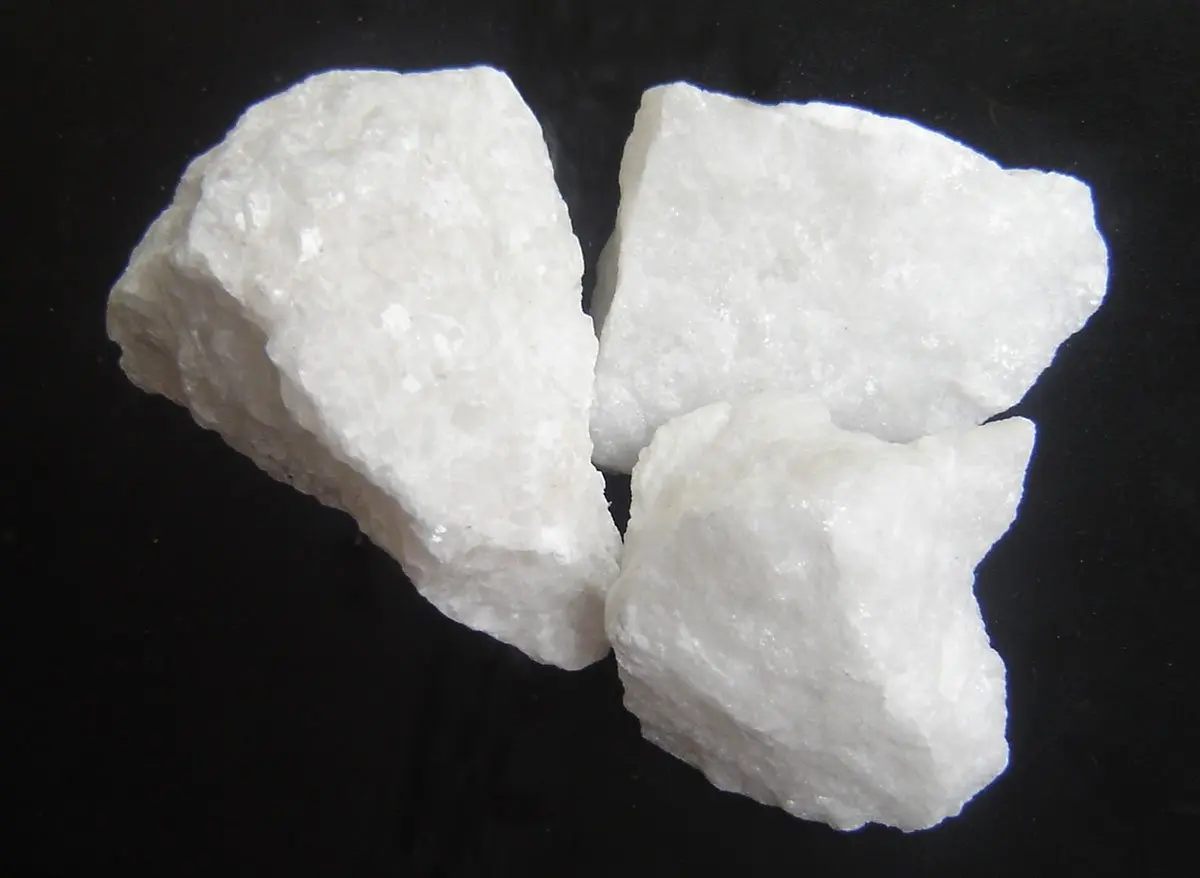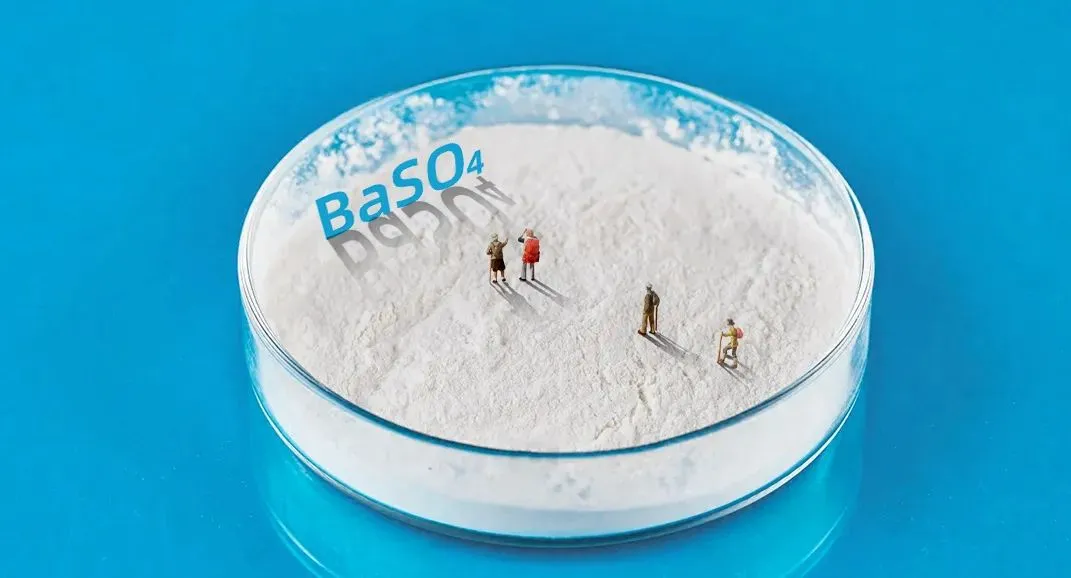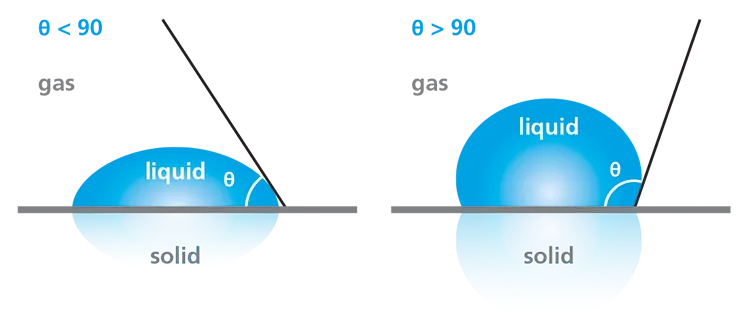Calcium carbonate is a key non-metallic mineral raw material in industrial production, positioned at the forefront of the industry chain. It is known as “industrial grain” and is closely related to the economy and daily life. It also serves as an essential support material for emerging industries and high-tech development.
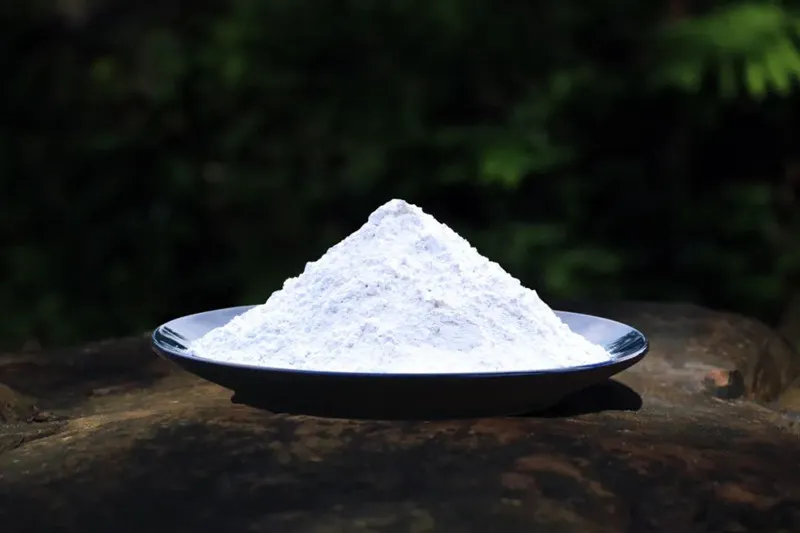
Calcium carbonate new materials mainly include modified plastic products, rubber products, wood-plastic products, artificial marble, sealants, stone paper, inks, and coatings.
Classification
Calcium carbonate is mainly divided into industrial, food-grade, and pharmaceutical-grade calcium carbonate. Industrial calcium carbonate includes ground calcium carbonate (GCC), activated calcium carbonate (modified calcium), precipitated calcium carbonate (PCC), and nano calcium carbonate (nano CaCO₃).
It is widely used in paper, plastics, coatings, rubber, inks, chemical building materials, adhesives, sealants, feed, daily chemicals, food, and pharmaceuticals. It also functions as a dietary supplement and an antacid. This makes it the most widely used and largest-consumed inorganic non-metallic mineral powder.
Nano calcium carbonate, developed in the 1980s using nanotechnology, has a particle size between 20–100 nm. Due to its ultra-fine particles, its crystal and surface structures change, producing quantum size, small-size, surface, and macroscopic quantum effects. These properties enhance its surface activity, dispersion, and specific surface area, making it superior to ordinary calcium carbonate.
Nano calcium carbonate is widely used in injection molding, extrusion, PVC profiles, pipes, automotive coatings, sealants, adhesives, inks, and rubber. Its high added value has attracted global attention.
Ground calcium carbonate is made by mechanically processing calcite. It is an excellent filler and performance enhancer, widely used in various industries. Special white GCC (heavy calcium) has a whiteness of 95% and calcium content of 98.5%. It serves as a filler, additive, reinforcing agent, modifier, and whitening agent, reducing costs and increasing volume.
Applications
Developed countries have high demand for various calcium carbonate products. However, China lags behind, with intense competition in low-end products and great potential in high-end ones. The best GCC particles, produced in Germany and Japan, have an average size of around 1μm.
Most Chinese manufacturers struggle with nanoparticle aggregation and surface modification. However, Heze Carboniferous Technology Co. has achieved a breakthrough, producing world-leading nano-grade particles using a physical method, overcoming aggregation issues.
Calcium carbonate whiskers are another new inorganic filler material, developed after nano calcium carbonate. Japan pioneered industrial production in 1995 and, along with the U.S. and the U.K., leads in ultra-fine calcium carbonate research.
Although China started research in the 1980s and made breakthroughs in 2005, large-scale production remains limited. Japan’s Maruo Calcium Carbonate Co. leads the global market, but even it cannot mass-produce high-aspect-ratio whiskers.
Heze Carboniferous Technology has developed a new high-aspect-ratio calcium carbonate whisker with a length-to-diameter ratio above 50, leading globally.
Calcium Carbonate New Materials Industry Chain
Upstream, calcium carbonate new materials rely on marble, limestone, stalactites, calcite, and processing equipment. Downstream, they are used in plastics, coatings, paints, paper, rubber, inks, pigments, adhesives, sealants, daily chemicals, toothpaste, food, and pharmaceuticals.
The growing demand for automotive chassis coatings, high-end inks, new sealing materials, and decorative wallpapers further expands market opportunities.
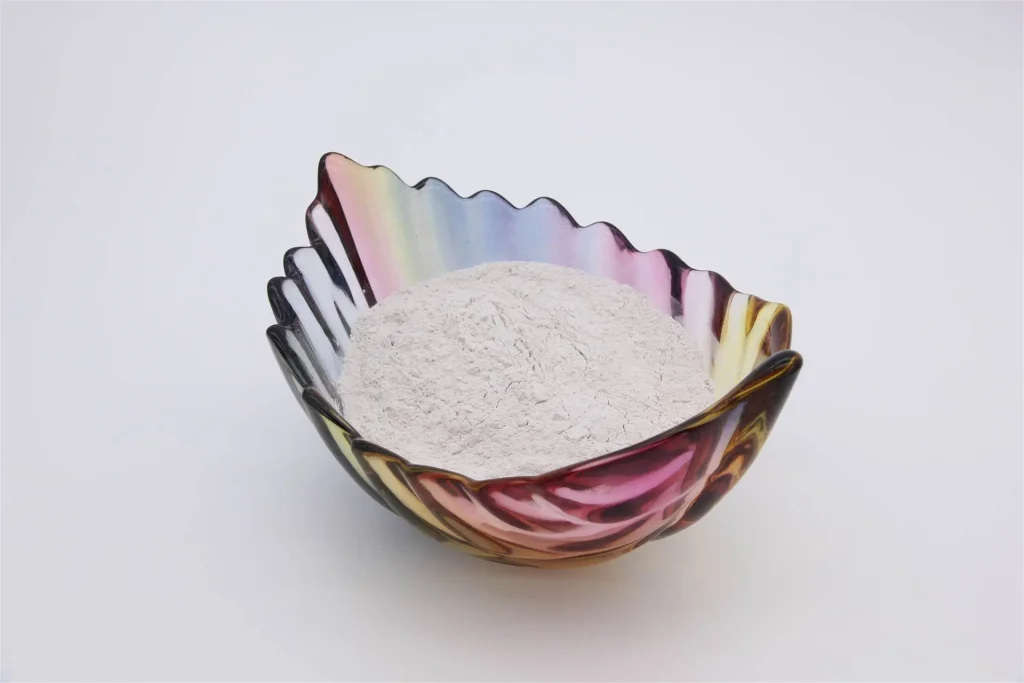
Industry Development Status and Trends
The competition mainly focuses on PCC and nano calcium carbonate. Among them, surface-modified nano calcium carbonate has the highest technical content.
China has abundant limestone and calcite resources and a vast consumer market. It remains the world’s largest producer and consumer of calcium carbonate. China produces over 50% of global PCC and consumes more than 25% of the world’s GCC.
The country has developed multiple calcium carbonate industrial bases in Guangxi, Jiangxi, Zhejiang, Henan, Guangdong, Anhui, Hebei, Hunan, and Sichuan. However, local enterprises remain small in scale, technologically backward, and focused on low-end filler products.
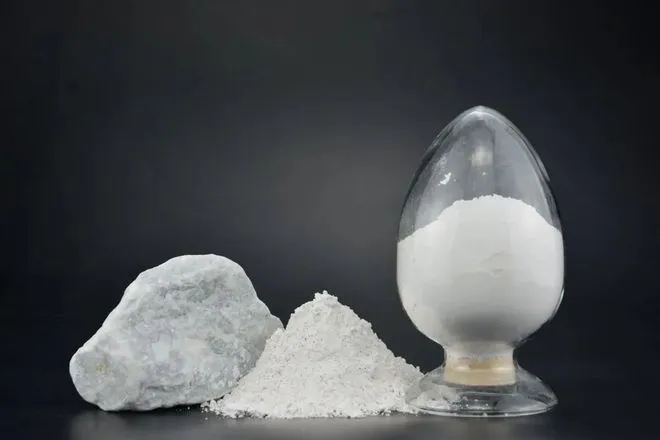
Compared to leading global companies like Omya, Imerys, and Huber, China’s industry lacks advanced technology, innovation, and competitiveness. The sector mainly produces mid-to-low-end products, with insufficient development in high-end, specialized, and functional calcium carbonate.
As China’s economy shifts towards high-quality, green development, the demand for high-end calcium carbonate in plastics, rubber, coatings, and paper will surge. The industry is evolving from low-end raw materials to nano, ultra-fine, pharmaceutical, and food-grade calcium carbonate.
Some companies are shifting towards functional and high-performance products. For example, Hetan Tech’s nano-particle composite materials are specialized fillers for plastics, paper, and rubber reinforcement.
Development Strategy for the Calcium Carbonate Industry
China’s calcium carbonate industry has long relied on resource-intensive, extensive-growth models, causing high energy consumption and pollution. This contrasts with modern industrialization goals of efficiency and environmental sustainability.
In the coming years, policy shifts and competition will drive the industry toward innovation-based growth. Technology, advanced equipment, and industrial parks will help companies scale up, improve efficiency, and reduce emissions.
Through industry restructuring and consolidation, many small and unregulated enterprises have exited the market, increasing industry concentration.
China should reduce mining rights, extend the industrial chain, and enhance added value. Introducing high-end calcium-based material enterprises will boost the industry. Meanwhile, leveraging local mineral resources can promote deep processing and transformation towards high-end calcium-based materials.
The focus should be on high-end coatings, sealants, modified plastics, friction materials, food, and pharmaceuticals. Attracting top enterprises will help build a comprehensive high-end calcium-based material industry chain.
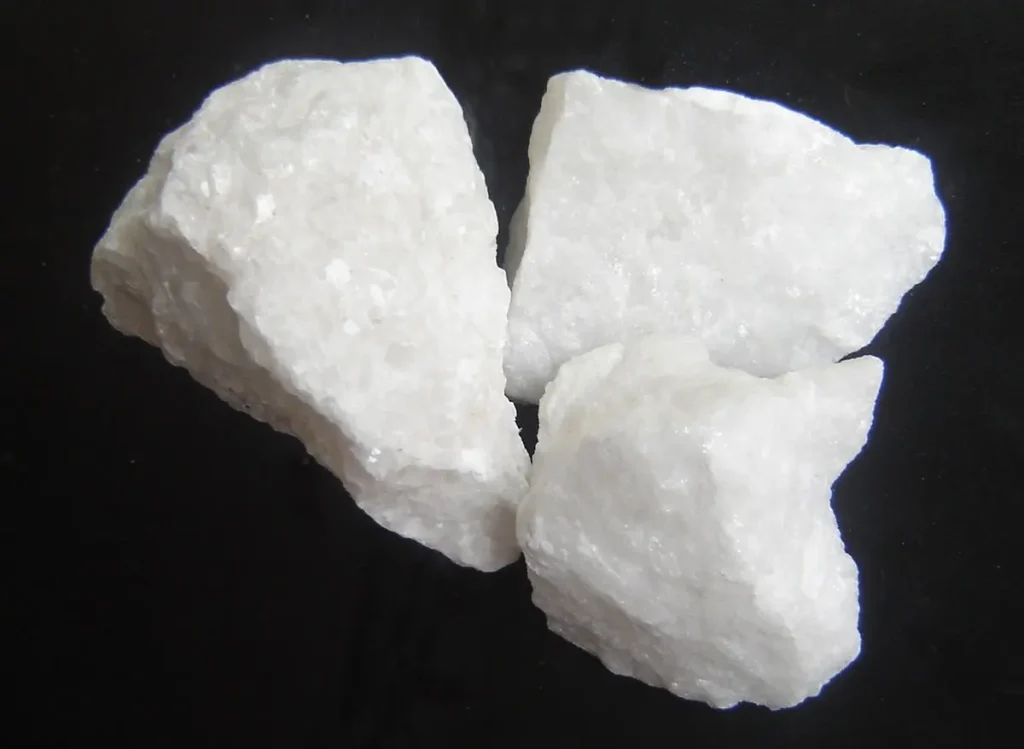
Sustainable development requires responsible mining, green production, and smart manufacturing. Governments should guide and support industry integration, foster collaborations between enterprises and research institutions, and enhance innovation.
With these strategies, China’s calcium carbonate industry has a promising future.
Epic Powder Machinery specializes in high-precision grinding, classification, and modification solutions, providing cutting-edge equipment and technology for the calcium carbonate industry. Our jet mills and ultra-fine classifiers ensure higher efficiency, finer particle sizes, and better product consistency, helping manufacturers enhance competitiveness. Contact us today to upgrade your production with precision and innovation!

